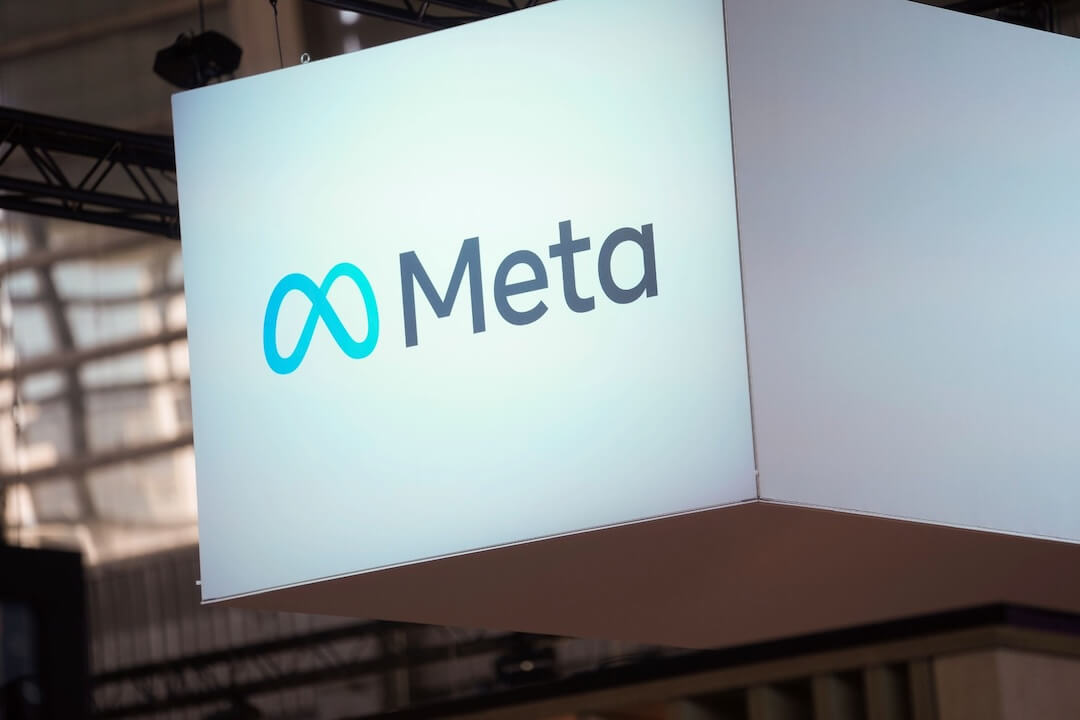The newspaper industry is using “60’s-era technology” for the critical task of measuring online audience and has been “navel gazing for four or five years” as advertising sales are crippled by the lack of standard metrics.
Says who? Jeff Jarvis? Bob Garfield? No, that would be Mark Contreras, senior vice president for newspapers for E.W. Scripps and incoming chairman of the Newspaper Association of America.
The situation is so bad, Contreras would welcome federal government intervention to push quarreling factions to consensus on a “gold standard” for the most basic measures of online traffic.
He broached the idea briefly in December in a statement at the Federal Trade Commission workshop [PDF] on the future of media in an Internet age, and he amplified the point in a phone interview with me this week.
“More than 15 years after the widespread adoption of the Internet,” Contreras told the FTC, “there are no universally accepted definitions [of online audience] that both publishers and advertisers agree upon. There are several. Creating one gold-standard definition should help assist publishers in deriving a more fair value for the online inventory all publishers create.”
The current chaos, Contreras told me, tilts the balance of power in rate negotiations to advertisers, who reasonably balk at paying any sort of premium rate when measures of whom they are reaching are unreliable and sometimes self-contradictory.
There is precedent for government involvement, he said. Through the ’40s, ’50s and early ’60s, television audience measurements were primitive. For example, Contreras said, a station might tell a local Sears store that if it sold 20,000 TV sets, it could assume at least 20,000 viewers were watching.
A congressional committee in the early ’60s took note of the flimsy standards and bickering between stations and advertisers, prompting the industry to form the Broadcast Rating Council (now known as Media Rating Council, or MRC). The implicit threat was that Congress would do the job if the industry failed to agree on self-regulation.
Building on groundwork by the new council, Nielsen developed its dominant ratings system soon after, Contreras said, and ad rates “shot up like a rocket.”
The MRC, a low-profile outfit with a mammoth 95-person board representing a range of publishing and advertising interests, still is in business. It conducts audits and selectively grants “accreditation” to measurement products, including some for the Internet as well as radio and television.
But its efforts and those of other interested groups such as the Internet Advertising Bureau (IAB) fall well short of a gold standard.
The difficulties of establishing a common standard are more the stuff of a treatise than a blog, but briefly, they include:
- A basic measure of unique visitors can be done either by an electronic count of traffic or by surveying a sample of users. Each has strengths and weaknesses, and they yield different results.
- A user can access a given site from a home computer, a work computer, a traveling laptop and increasingly, a smart phone as well. So does that one person get counted as four uniques?
- Ad blockers and disabled cookies further muddy the waters of accurate measurement.
The important vendors — Nielsen, Omniture, comScore, Scarborough and others — tout the virtues of their own methodologies and have built substantial businesses that they would rather not put at risk. Publishers and advertisers contract for additional analytics as it suits their needs, but this profusion of useful numbers has probably worked against industry-wide agreement on the basics.
Contreras has a reputation as a solid operations executive and industry leader, not a gadfly. And it wasn’t hard to find supporting second opinions. Stephen Buckley, who has directed digital publishing at the St. Petersburg Times since April 2008 (and begins a stint as interim dean at Poynter next week) told me that weak metrics have been a constant frustration.
“It drives advertisers nuts,” he said. “They want to know whether their ads are working, and when the metrics are this confusing, we can’t tell them. It’s even problematic within our own organization” to set goals when dueling measures are floating around.
Online publishers are stuck with self-reporting, Buckley continued, which may not be comparable to the measures of competitors and are suspect in the ad community. Think of what would happen if newspapers reported their own circulation without the uniformity and backing of the Audit Bureau of Circulations.
“I can’t overstate the importance of our figuring this out,” Buckley said. “It’s essential if we are going to get better rates and tell a coherent story.”
The current disorder is not welcome on the advertiser side of the table, either. Randall Rothenberg, president of the IAB, warned in a December 2008 speech that the online ad business faces “a crisis of complexity,” with metrics so confusing that most marketers rely on guesswork to plan and measure the impact and reach of campaigns.
IAB has proposed several rounds of measurement guidelines but acknowledges they fall short of a solution (and are faulted by some in the business as tilting in favor of advertising interests).
I was exposed to the confusion last fall when reporting how The Christian Science Monitor is doing since it eliminated its daily print edition. Editor John Yemma gave me four different figures for monthly unique visitors from the various vendors. Some were two to three times as high as others.
Contreras had been appealing for action internally at the NAA for some time, but getting the splintered newspaper industry together on collective action is tough.
When he becomes NAA chairman in April, he will have added clout to push this agenda, especially if the FTC or Congress nudges the industry. But this is one monstrous mess to try to sort out, and so far the forces of inertia have prevailed.






